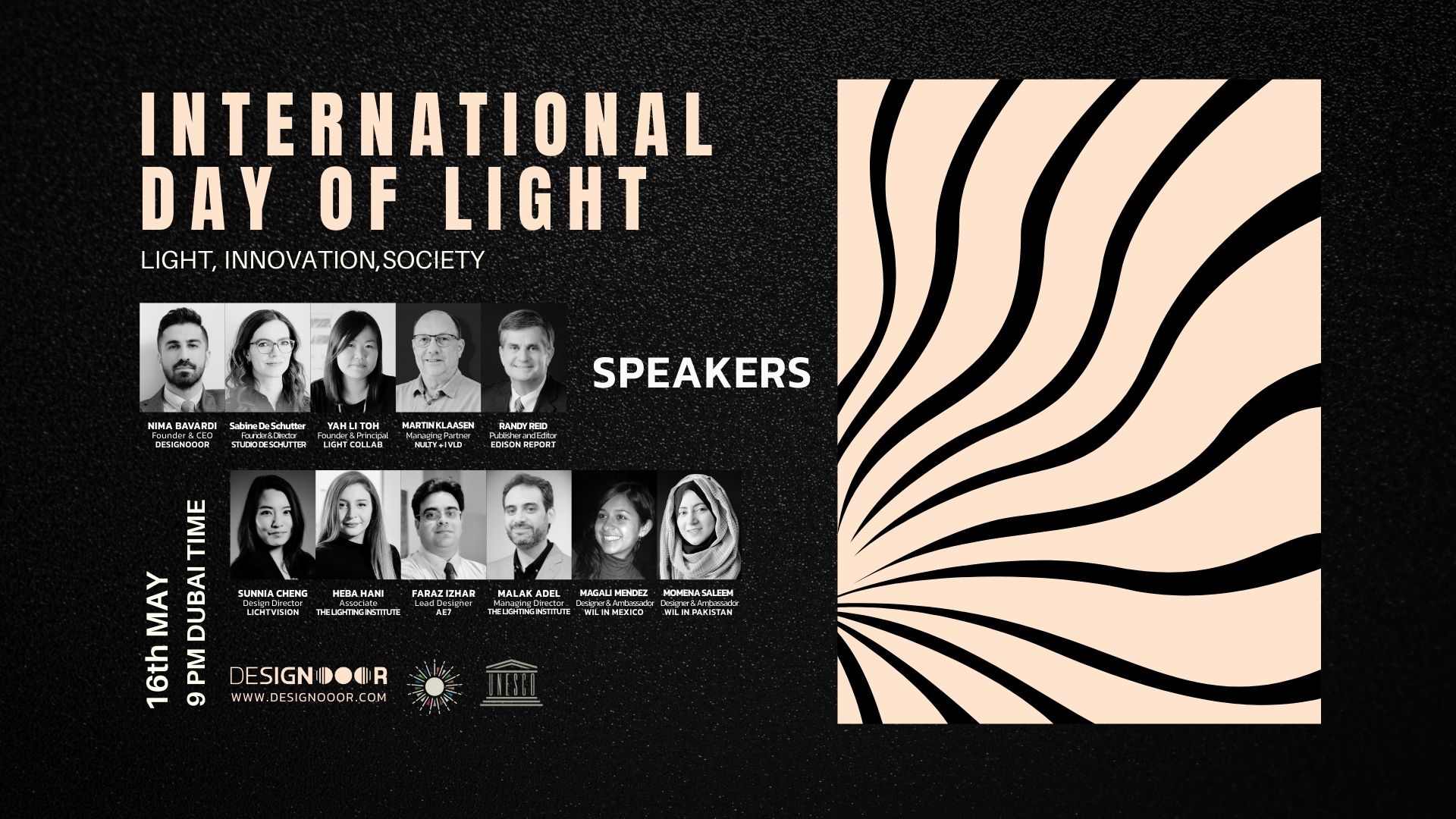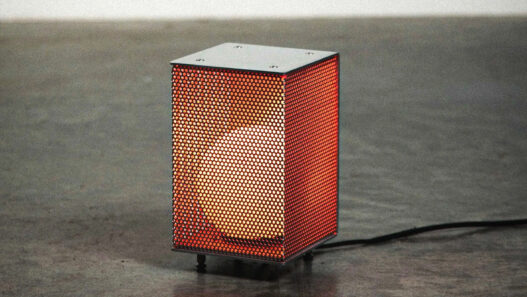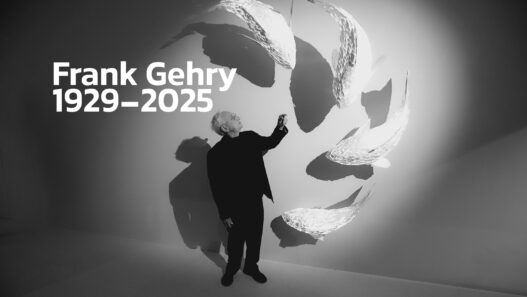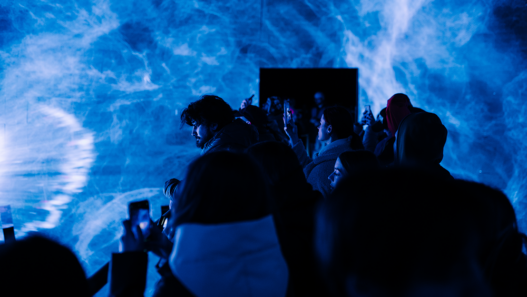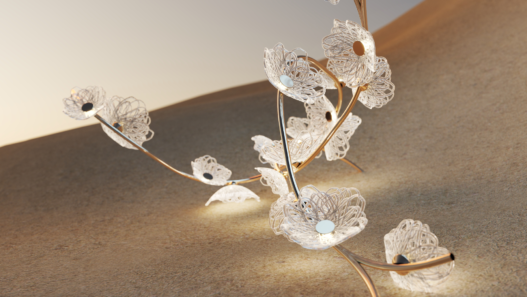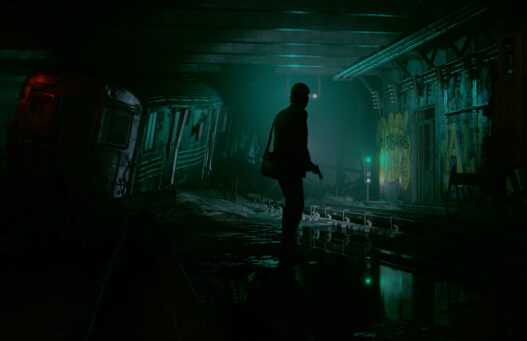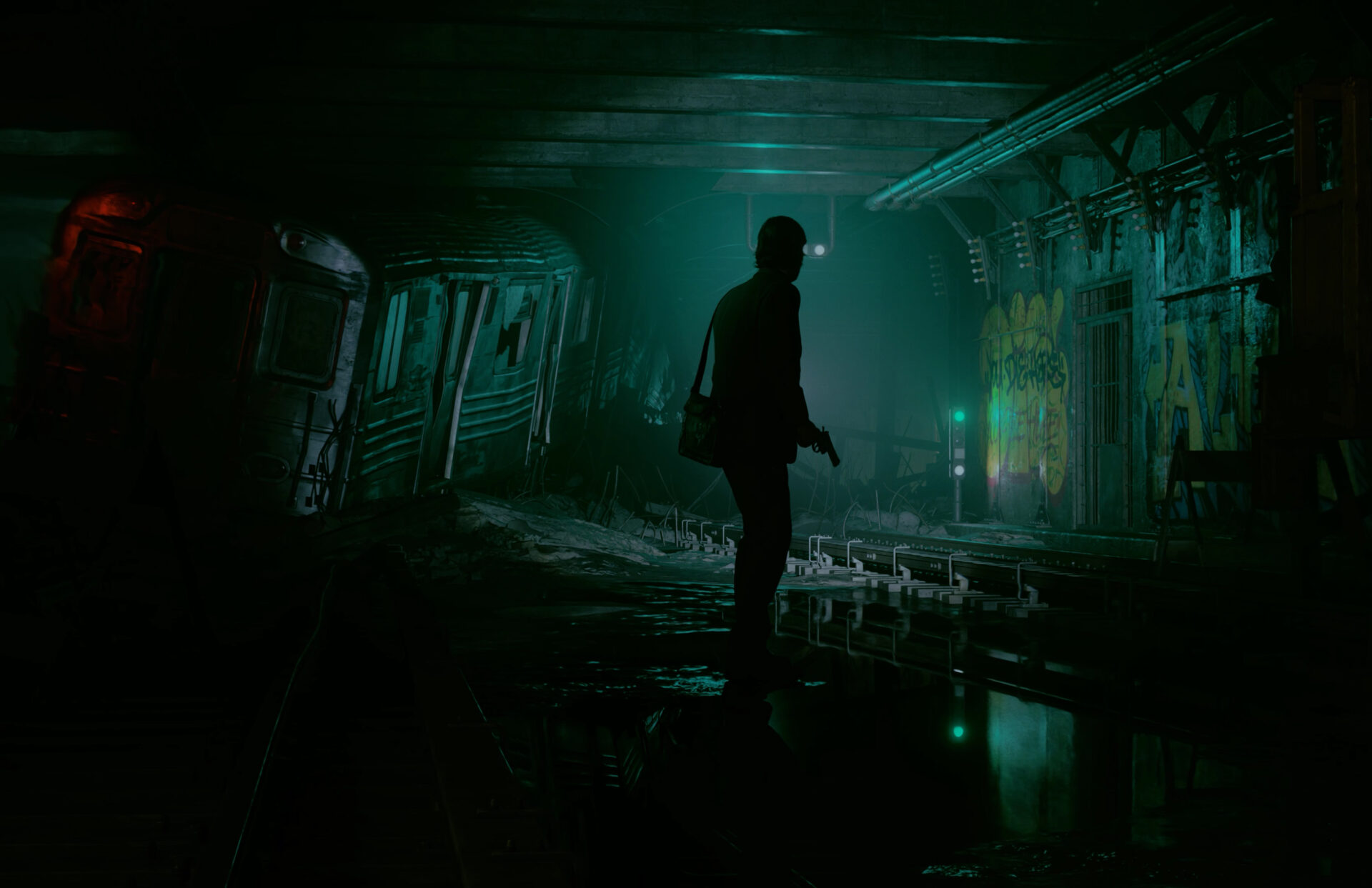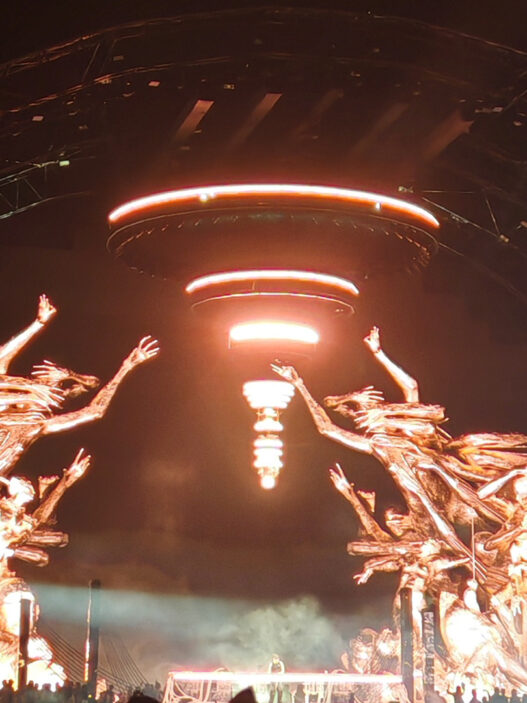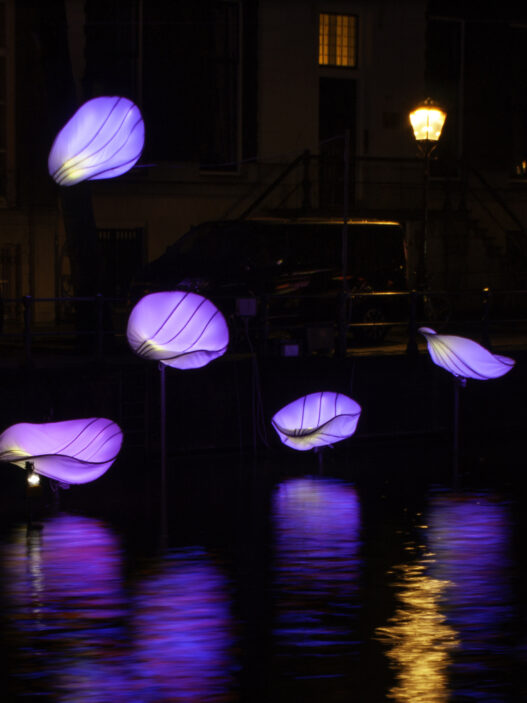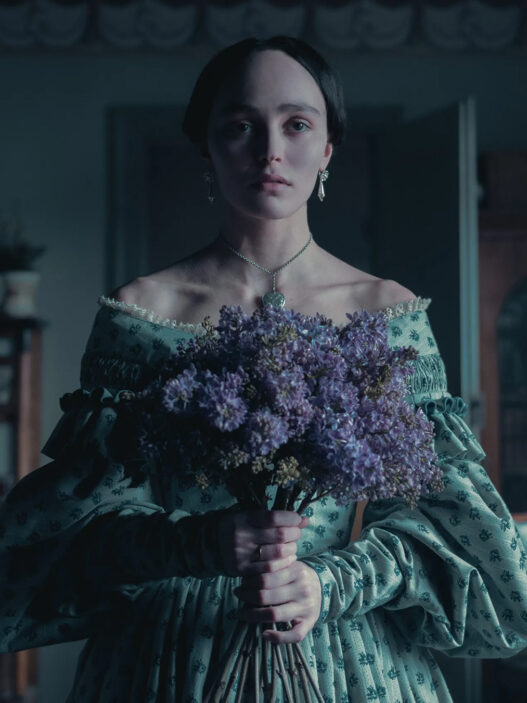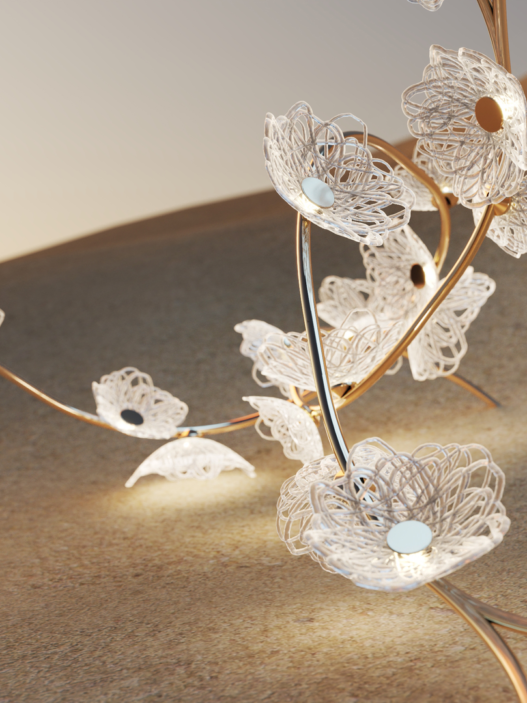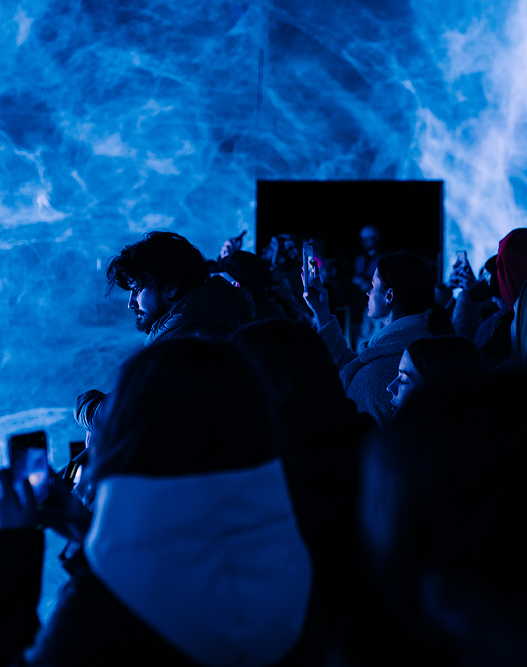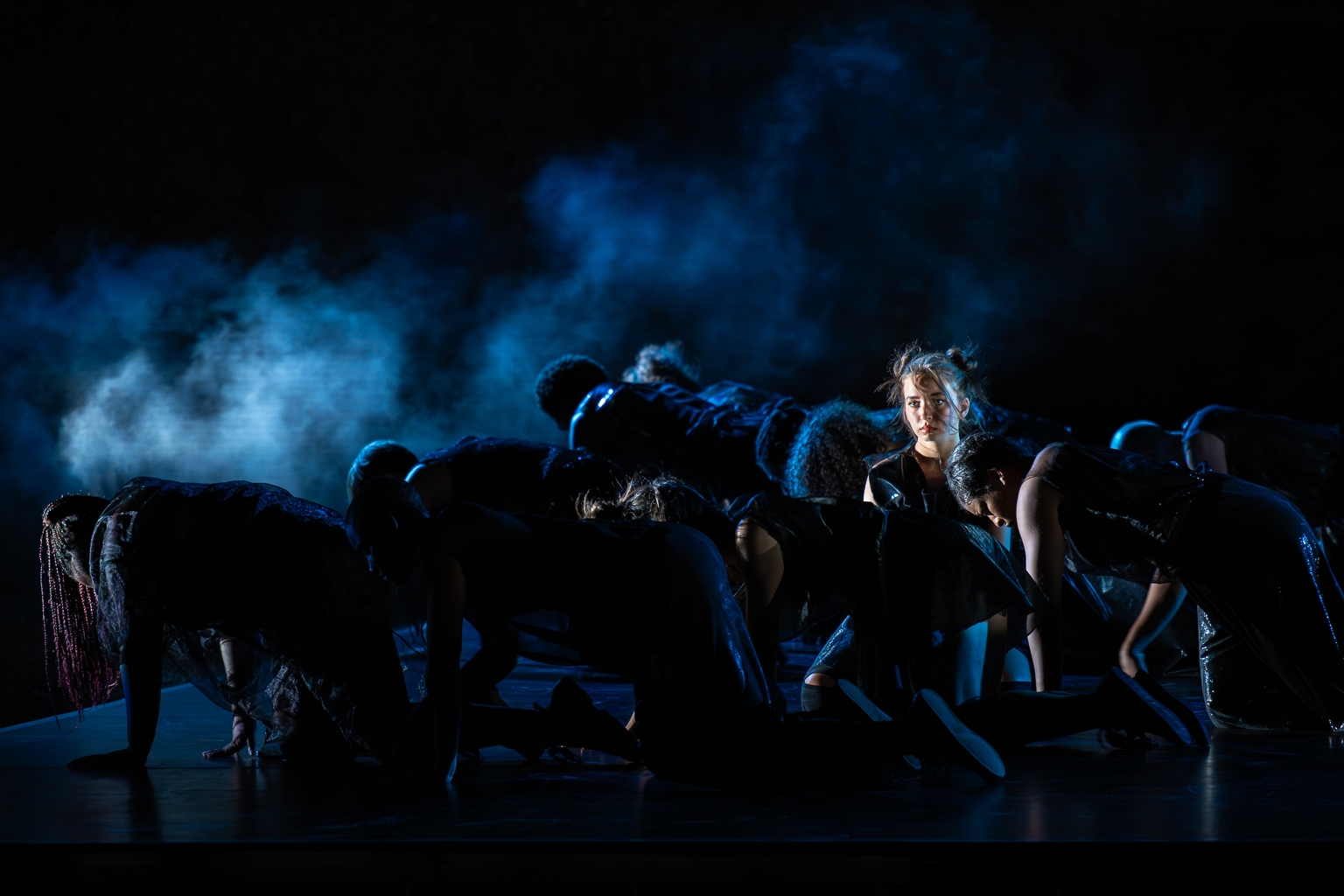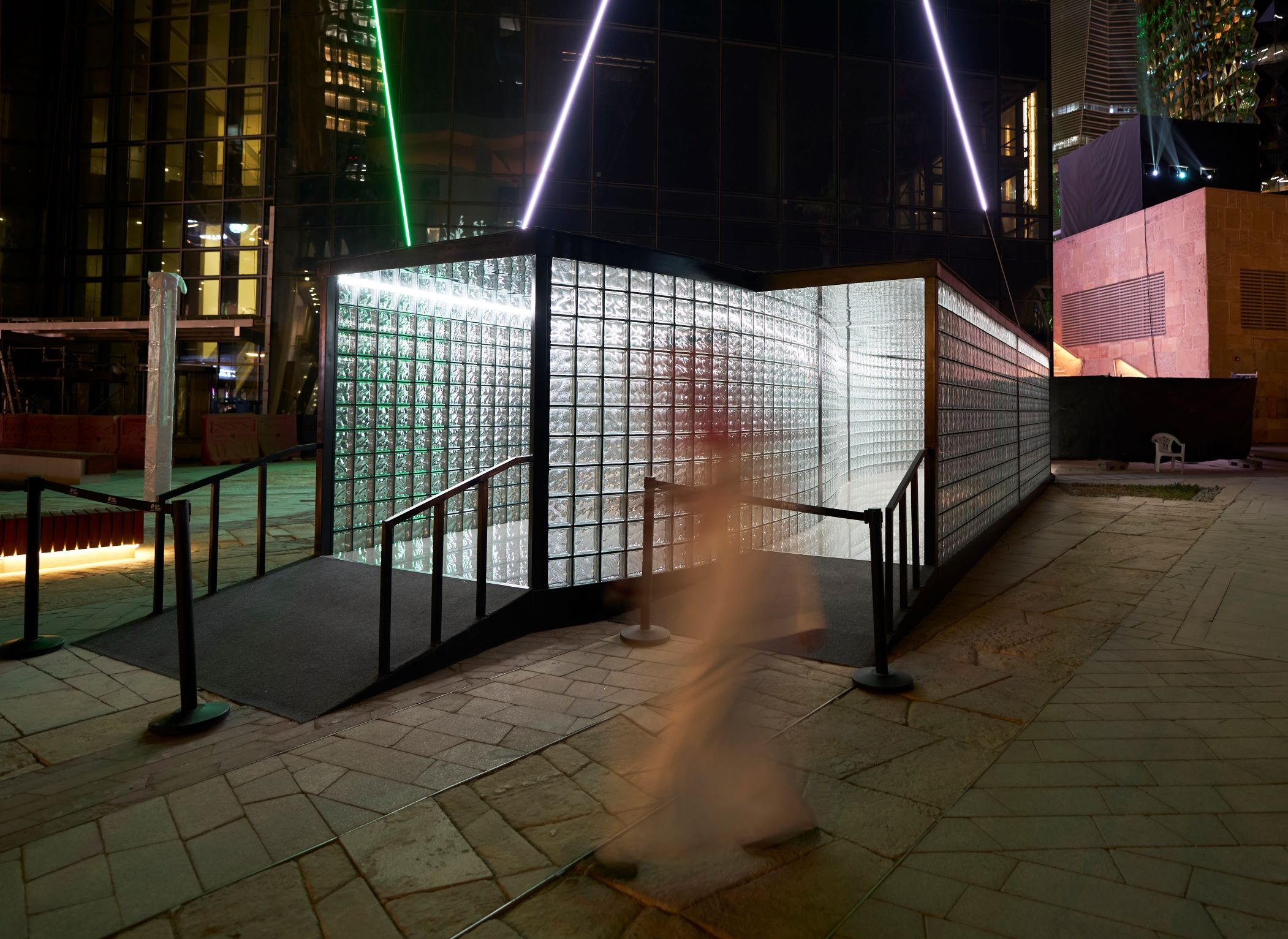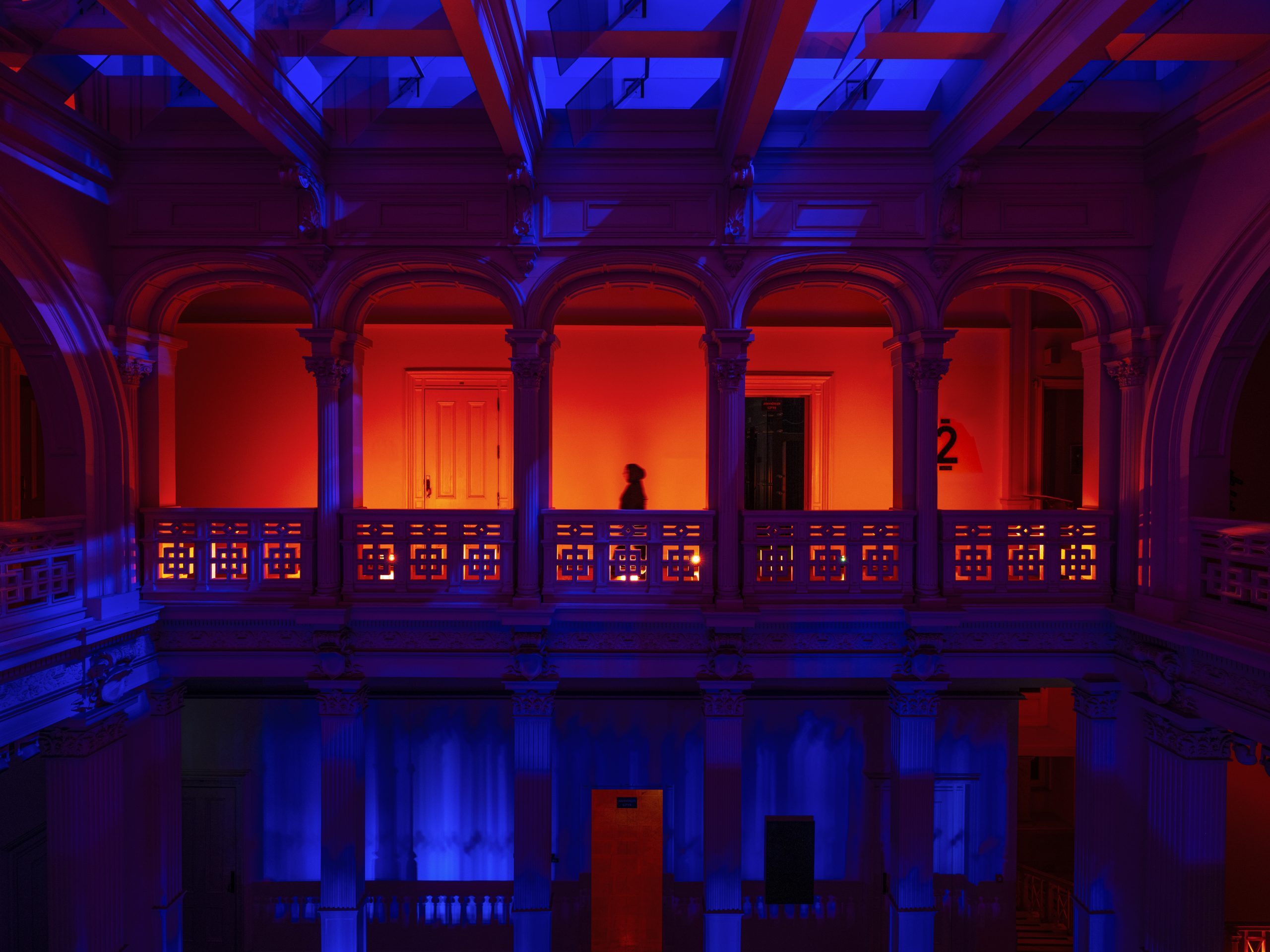Light in video games began as a practical trick to make virtual spaces look credible. A circle of brightness suggested a lamp. A shadow hid a seam. Over time that utility became a language. Artists stopped treating illumination as a filter laid over a finished scene and started building the scene around the light itself. The most convincing digital worlds today feel composed by lighting before anything else. Illumination guides the eye the way a director guides a performance. It writes mood. It turns corridors into sentences and faces into arguments. When light is honest a world breathes. When it is careless even the sharpest resolution becomes a mask with nothing behind it.
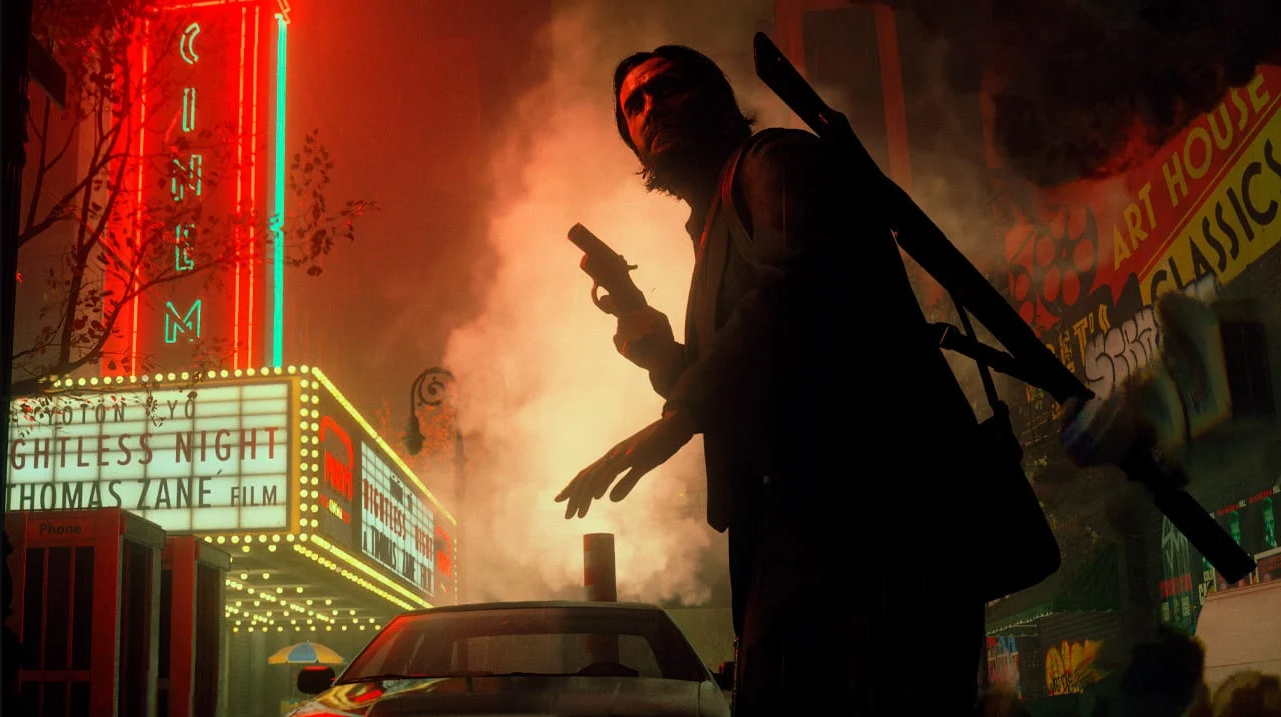
Serious criticism of lighting in games matters because the craft has caught up with cinema. Real time techniques and thoughtful grading now protect black without losing detail and keep skin alive inside cool palettes. The best teams operate like cinematographers working hand in hand with production designers. They ask where a source would live, what color it should carry, how long it must linger on a face before telling the truth. Practicals feel plausible. Shafts feel like decisions. The result is not only prettier images. It is storytelling that does not need to raise its voice. Light takes on the work that dialogue once shouldered and it does so with a clarity that earns trust.
Within that context Alan Wake 2 was selected because it treats lighting as the spine of its narrative rather than as polish. The small town speaks in honeyed practicals that feel human and lived in, while the other world confesses itself in cold reflections and disciplined neon. A candle close to a cheek proves more persuasive than a thousand decorative fixtures. Darkness is admitted only when it has been shaped with care. Color is kept on a short leash so that a single accent can shift meaning. Most of all, illumination leads performance. Characters step into light that has an opinion. Rooms carry a point of view. This is the rare project where photons do the storytelling, and that makes it worthy of the same close reading reserved for a great film.
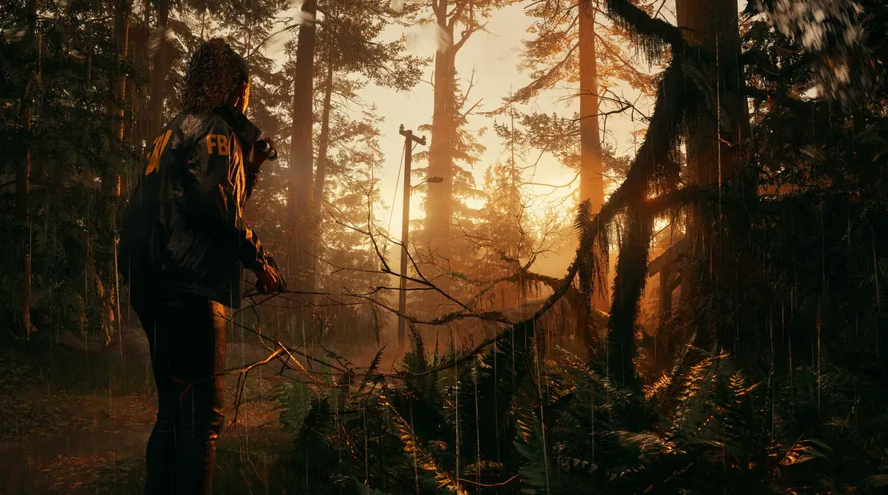
Alan Wake began as a whisper from the Pacific Northwest. A writer in a rain-soaked town, an imagination that could not keep to the page, a darkness that behaved like a rumor. The new chapter arrives years later with the confidence of a legend retold by professionals who understand how myth travels. Alan Wake 2 takes its place inside a lineage that runs from pulp paperbacks to prestige television, from Twilight Zone broadcasts to Scandi noir, from roadside diners at closing time to midnight streets that hum as if the power grid were a choir. The story splits its focus between the trapped author and a federal investigator who walks into town with the weather on her back. It is a fable of two worlds that bleed through one another, and the bridge they use is not a plot twist. It is light. Everything meaningful in this experience is carried by the way light behaves, the way it lands on faces, the way it builds rooms that feel like sentences rather than spaces.
When people say this installment is cinematic they rarely mean the usual praise about high production values. They mean the lighting has cinematography in its bones. Live action inserts fold into the frame like dreams that kept a physical souvenir. Aspect ratios breathe. Color temperatures argue. You can feel a lighting plan that treats cutscenes as staged scenes, not digital halftime shows. The camera does not chase spectacle. It honors blocking. Characters step into illumination that has a point of view. A lamp is not furniture. It is a sentence waiting for a subject.
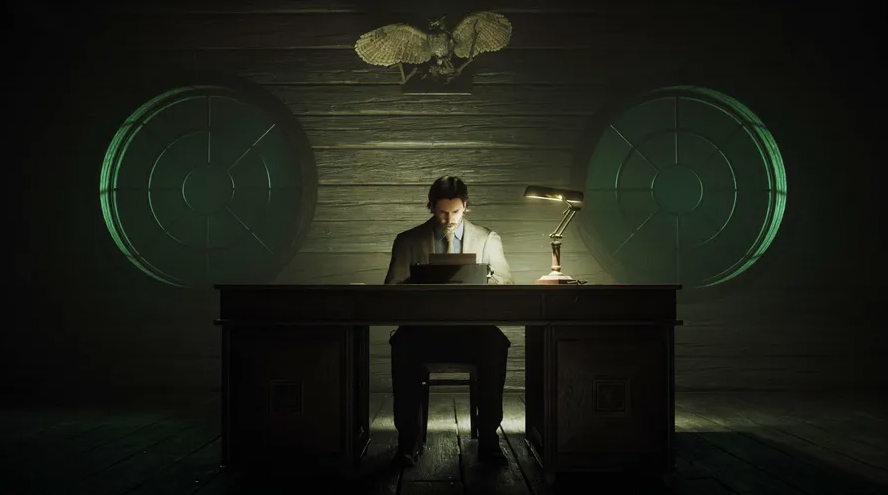
History matters here because the series has always been a conversation with media ghosts. Old television has a way of staining the image, and the sequel invites that stain. You can see the fingerprints of late night talk shows, analog studio sets, burlap fog in stage plays where a single follow spot could name a soul. The Pacific Northwest setting carries another burden of memory. Anyone who has driven those roads at dusk knows how the trees accept the last light and turn it into a rumor of black. This world respects that behavior. Streets are guided by sodium pools that feel like municipal hope. Diners are slung with buttered tungsten that flatters the pie and the end of a long day. Police interiors hum with fluorescent discipline that tells you rules exist even if no one in the building sleeps well. These are not postcards. They are moral suggestions disguised as illumination.
The story’s duality depends on a grammar of color. Bright Falls still wears its warm coat. Wood interiors hold to honey, storefronts glow with a friendly amber that photographers everywhere beg for when they wheel in a character who needs to look alive. The urban other world wraps itself in a different gospel. Neon leaks sickly magenta onto wet asphalt. Cold cyan swallows brick and fire escape. Television screens bloom that electronic white that remembers tube glass and finger smudges. The two palettes never crash into melodrama. They glide past each other like estranged relatives at the same dinner. When warmth invades the cold it feels like a proposition. When cold stalks into a warm room it feels like a diagnosis. The balance is careful and deliberate and very aware of how color speaks before anyone opens a mouth.
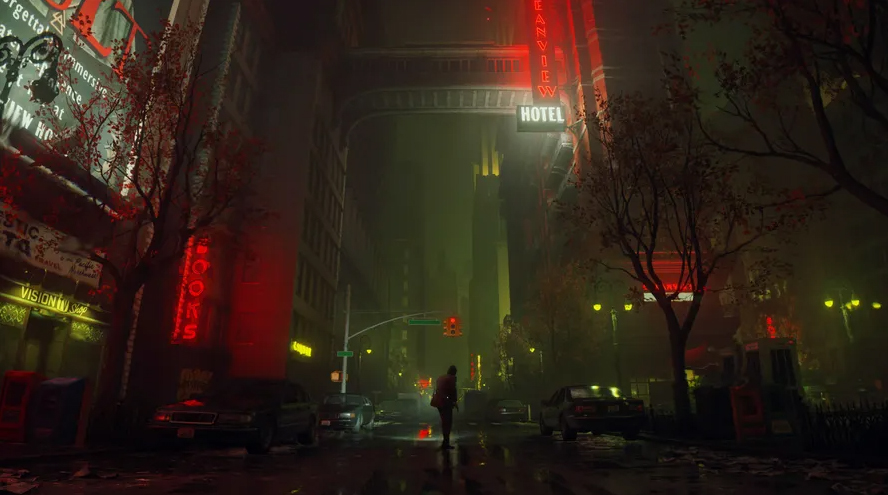
Faces are treated with that rare mixture of respect and boldness one usually reserves for an actor carried by a single hard source on a stage. The investigator arrives with a journalist’s eyes and the lighting gives those eyes something to do. Keys ride high and narrow, just enough to catch the rim of the iris and hold a clean dot. Fill drops off with purpose. The face reads as intelligent and alert without slipping into glamour. The writer in the urban labyrinth earns a different mask. He is sculpted as if lit by sign light and memory, eyes catching a thread of brightness while the rest of the face admits the city’s weather. You feel the wear, and you also feel mercy. The grade protects blood in the mids like a duty. There is no plastic skin here. There is skin that has been out in the rain.
The locations ask to be read like sets designed by people who know what lenses do to a corner. Motels soft shoe their way into nostalgia with amber practicals and rough lampshades that spit a broken pattern on wallpaper that has heard too much. Offices and evidence rooms are rectangles of discipline. The fixtures are cold and honest and maybe a little cruel. Streets on the edge of town bleat with gas station whites that hum more than they reveal. All of it is organized by a system of motivated light that refuses to pretend. The light that you see on the screen always has a place in the story world. When something breaks the rule it arrives as a visitor, not a mistake. Which is to say the supernatural announces itself with a lighting voice you can tell apart from the municipal chorus.
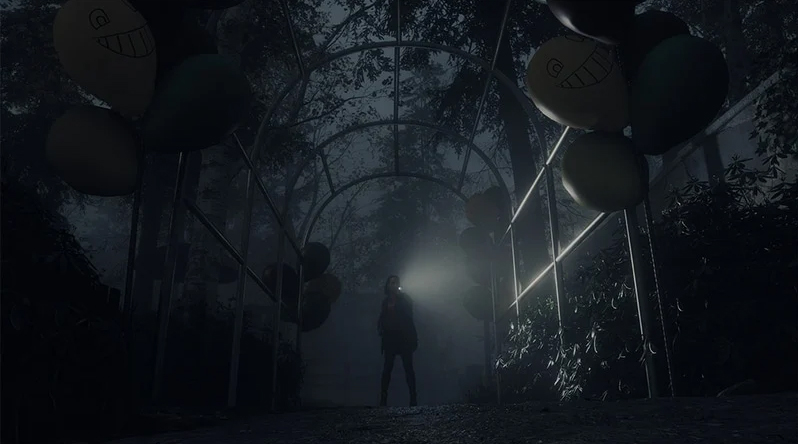
The way darkness is handled deserves a quiet standing ovation. The industry loves extremes and for years that led to images that confused the absence of light with the presence of mood. This work is confident enough to keep the black floor where it belongs and still let the image breathe. Blacks hold shape. Grain floats like air. Specular highlights flirt with bloom without tipping into milk. The midtones carry oxygen so that faces read as alive even when the scene has stepped beyond safety. In practice this means a viewer can tell what is happening without being pandered to. The thrill is the authority of the image. We are being led, not lectured.
There is a night weather in this world that would make a colorist smile. Wet surfaces are never just filters to show off reflections. They are characters with their own lighting needs. Puddles catch signage and turn it into handwriting. Rivulets on a window stack the city and move it a few inches so the place feels dislocated without the frame shouting about it. Fog is never a blanket. It sits in pockets and corners like a thought you wish would go away. The most famous lighting trick in horror remains the selective back rim that puts an outline on a body before the soul in that body decides what to do. This project uses that trick to serve character first. An outline can be a threat, yes, but it can also be resolve, a kind of halo you earn when you decide you will open the door even though the door would rather you had stayed home.
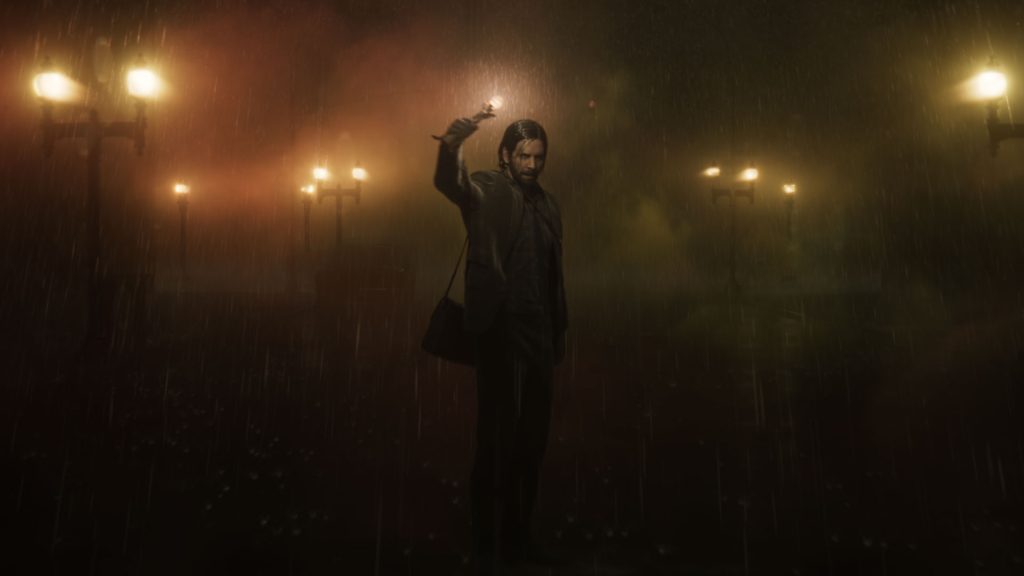
Screens inside the frame are their own little sermons. Televisions burn with a very specific white, that studio brightness that remembers cue cards and applause signs. Computer monitors whisper in the cool register that belongs to tasks we keep putting off. Flash photography pops like an accusation and then leaves a bruise on the afterimage. All of this information is layered with care so that light becomes evidence. The story trusts you to connect these readings. The image keeps its end of that trust by remaining truthful about how sources behave.
The city within the city is a lesson in how to compose with negative space. Alleys and theater lobbies and empty offices are not filled with light. They are carved by it. Edges are hard where the truth is hard. Transition areas taper from observable to imagined without wobble. When the author moves through these rooms the lighting turns him into part of the architecture, not a hero pasted onto it. He is shaped by the world that made him and the light remembers that world before it remembers our need to see his cheekbones. That is not modesty. It is morals.
Color is savored rather than sprayed. The frame holds to a diet of cool neutrals and then deploys a slice of saturated accent with surgical care. A red sign licking the edge of a window blind. A green exit lamp that tells you which way is out and which way is in. A copper reflection off a framed photograph that adds five years to a memory. These are not gels thrown at a problem. They are bookmarks with titles.
Some of the strongest moments arrive when light conducts time. There is a habit of using flicker as a cheap alarm. Here it becomes something else. The rhythm of a failing fluorescent turns into a metronome for dread. The beat of a street sign reset tells you the block has a pulse. When the light smooths out it feels like a decision, not a default. I love how the brightest object in a frame is sometimes a door that will not open and sometimes the face of someone who has already decided what they must do next.
Architecture and light are married with the seriousness you expect from people who keep stills of Gothic cathedrals on the wall and not as decoration. Hallways swallow people in a way that remembers their childhood walks to the principal’s office. Bridges and underpasses speak in the language of spill and shadow geometry. Woodland edges trade the last of the day with the first of the night and do so across surfaces that the camera lets you touch without touching. The image understands that you know what cedar and asphalt and diner chrome feel like, and it lights them accordingly.
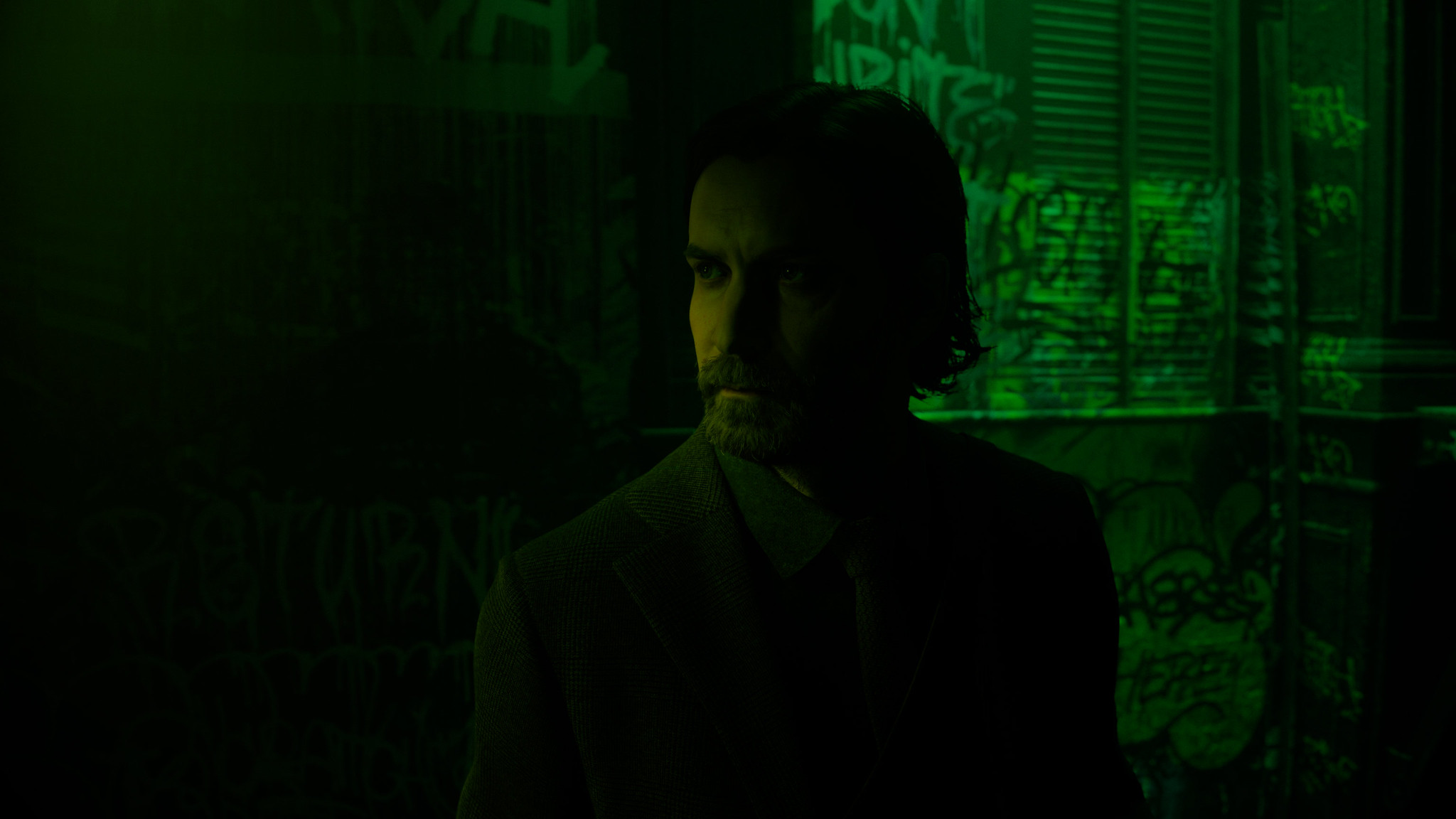
When color temperature maps the moral arc of a scene, you can see the work. Warmth is not kindness. It is temptation. Cold is not cruelty. It is clarity. The writers manipulate these meanings with the ease of people who have lived with light long enough to hear its jokes. A room that tilts toward honest daylight is not a reward. It is a test. A nook that leans into amber is not safety. It is a soft voice offering a comfortable lie. One of the joys of the experience is watching those meanings shuffle as characters travel. The warmth you would have sworn belonged to a kitchen turns on you. The cold you thought announced a threat turns out to be a way forward.
Faces again, because this is where the courage shows. On the investigator the camera often places a strip of key that protects the eyes and lets the rest of the head taper away. The effect is focus and a suggestion of burden. On the author the highlights behave as if made of urban water. They are small, tight, and strategic, and they feel earned. There are closeups that rely on a single practical, and the choice to trust that light is the difference between a living image and a corporate one. I felt grateful every time a cheekbone carried a shadow that did not need to be spoon fed by an extra unit hidden behind a prop. I felt more grateful when a reverse allowed glare from glass to intrude and tell me this room had been built by people who have to clean fingerprints off things.
There are meta layers where the game within the story and the story within the city start to loop together and the light keeps the audience sane. When narrative doubles itself you need a North Star. The lighting gives you one by staying consistent about how worlds express themselves. The small town remains a hymn to warm practicals and honest day. The urban echo stays loyal to its neon and its nocturnal palette. When that contract breaks it is conspicuous for a reason. The shift is there to underline a sentence in the margin.
The final honesty is the way daylight is treated. Many contemporary projects seem embarrassed by the sun and smother it with filtration until noon looks like an Instagram preset with a conscience. Daylight here is flattered without becoming flattery. Skin breathes. Wardrobes reveal texture. Vegetation has the right kind of disorder. The sky is not an HDR gradient in a brochure. It is weather that forgot to apologize. In a story that worships nocturne, those afternoon moments feel braver than the shadows. Nothing hides you at three in the day. Lighting that understands this becomes a witness.
If I had to name the theme that keeps returning, it is the ethics of seeing. This world insists that clarity is a form of respect. Not bland light, not floods and softboxes and empty brightness. Clarity as in motivated illumination that honors the subject without indulging laziness. The result is an experience that remembers what made cinema a religion for some of us. Light that tells the truth without apology. Darkness that exists because someone shaped it with care. Color that behaves like a note in a score and not like a spill on a floor.
I left this chapter believing again that a medium can grow up without losing its appetite for wonder. The lighting is confident enough to be quiet, playful enough to flirt, disciplined enough to accuse. It holds black. It carries blood in the mids. It lets highlights sing without washing out the skin that has to carry the story. It gives rooms an opinion and then asks characters whether they agree. It keeps the supernatural on a separate channel without ever cutting the cord. In a culture that allies gloom with sophistication this work remembers the older rule. Light is the oldest storyteller. Darkness is its favorite foil. What Alan Wake 2 adds is resolve. It advances a visual ethic in which light leads and darkness is shaped, not merely endured. Candles persuade more convincingly than ornament. Neon confesses instead of shouting. Daylight testifies without vanity. Rooms hold opinions and characters answer to them. Black is protected. Midtones carry blood. Highlights sing without washing the world thin. Every source feels motivated, every shade of color carries meaning, and the image remains legible even when the story chooses to withhold. That is the standard this work sets. It proves that contemporary game lighting can stand beside the best of cinema, not as imitation but as authorship, and it does so with the quiet confidence of a craft that trusts the audience to see.
